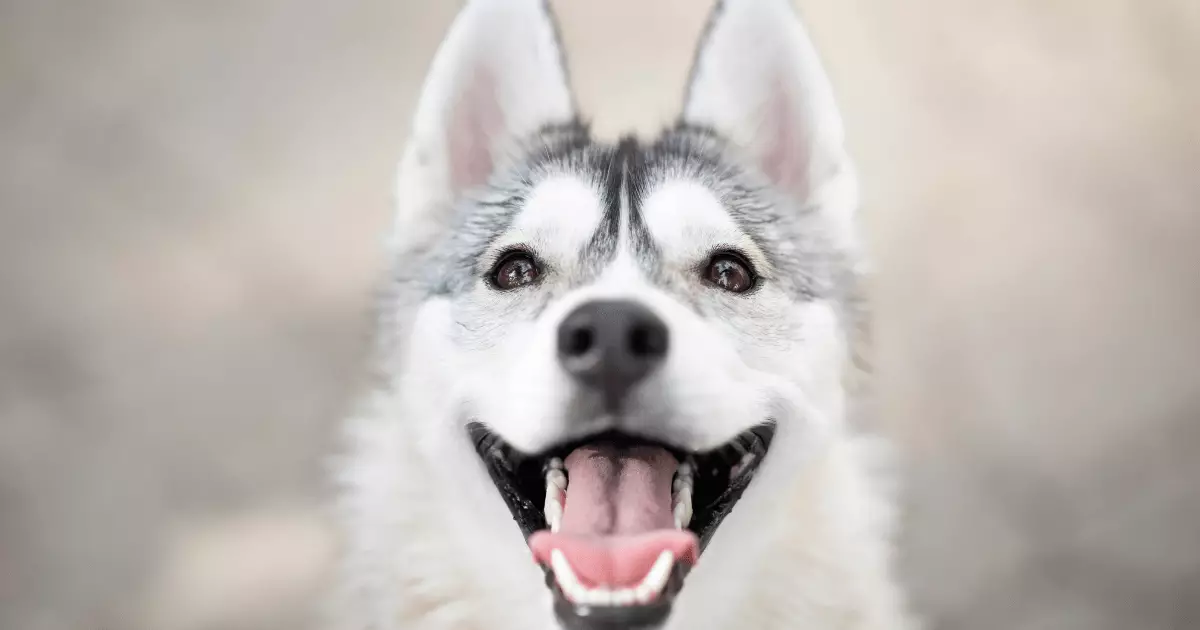As a new dog owner, it’s easy to get swept up in the myriad questions swirling around your mind—especially on niche topics like dental health. Just like human infants, puppies are born devoid of teeth, entering the world with nothing but gums to greet their mother’s warmth. It’s a riveting process when those tiny teeth start emerging at around 3 to 4 weeks, a time that marks the beginning of their journey into solid food. By the time they reach around 5 months, puppies typically boast a complete set of 28 milk teeth, also known as deciduous teeth.
However, there is a caveat—smaller breeds might find themselves in a slower growth phase. Understanding this timeline can provide reassurance and aid in monitoring your puppy’s health and development effectively.
The Transition to Adult Teeth
Like human children, puppies undergo a transitional phase where they shed their baby teeth. This occurs around four months when their incisors—the small cutting teeth—begin to fall. By the fifth to sixth month, the canine teeth—the longer, sharper teeth—also succumb to the process, making way for their adult counterparts. This transition is crucial, but don’t be surprised if a few baby teeth stubbornly refuse to fall out. In such cases, a visit to the veterinarian is advisable. Retained baby teeth can impact the growth and health of adult teeth.
As time marches on, adult teeth grow in, and by eight months, your furry companion will typically have a full set of 42 permanent teeth. Pooches possess an impressive dental arsenal: 12 incisors for grasping, 4 canines for tearing flesh, 16 premolars, and 10 molars designed for efficient chewing.
Comparative Dental Anatomy: Dogs vs. Humans
The dog’s dental structure is distinctly impressive when compared to humans. Most adults have only 32 teeth, whereas dogs pack in a remarkable 42, regardless of their size or breed. This uniformity across species highlights how much evolution has favored canines in their role as omnivorous predators—adapted to chew, tear, and crunch a broad spectrum of food. Smaller or larger breeds do not diverge in tooth number, making it a fascinating aspect of canine biology.
The Importance of Dental Hygiene
As a devoted pet owner, understanding the crucial role dental health plays in your dog’s overall well-being is indispensable. Bad breath, wiggly teeth, or sudden tooth loss are red flags that warrant immediate veterinary attention. Often, underlying health issues—ranging from periodontal disease to infections—can be silently occurring. Paying attention to your dog’s dental hygiene—including regular brushing and professional cleanings—can enhance their quality of life significantly and stave off painful dental issues down the road.
Navigating the intricate world of canine dental health may seem daunting, but being informed empowers you to take better care of your furry friend.

